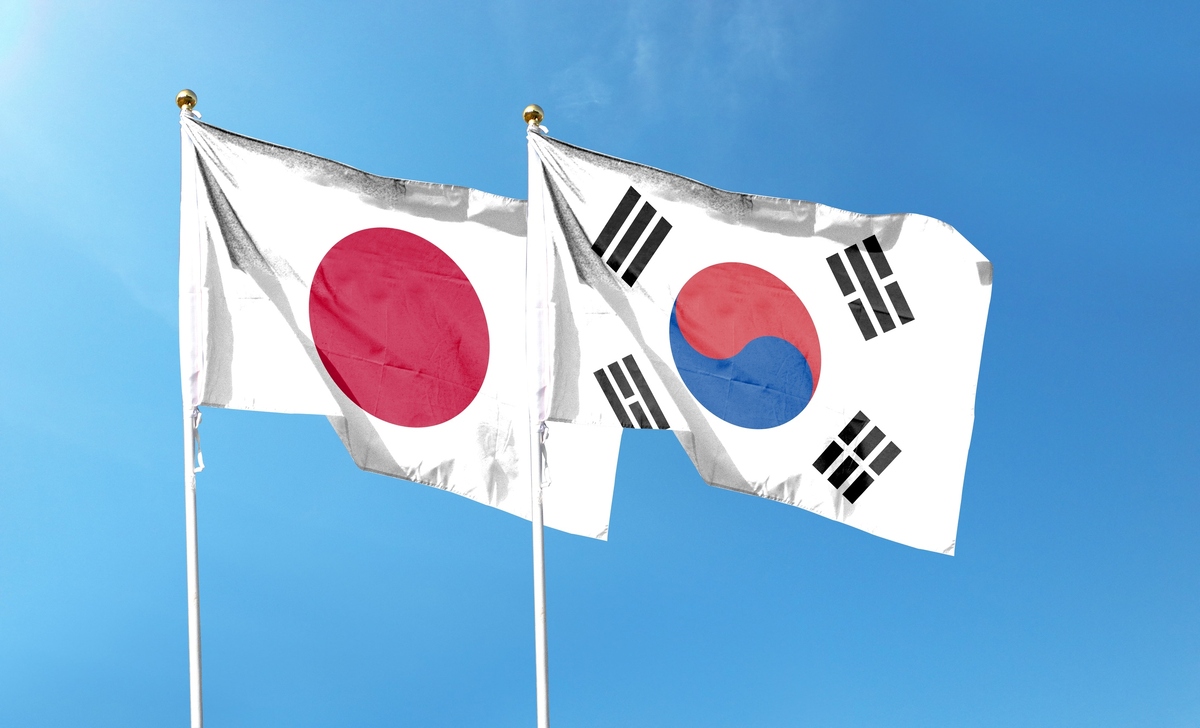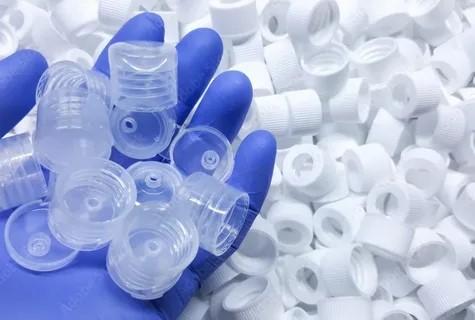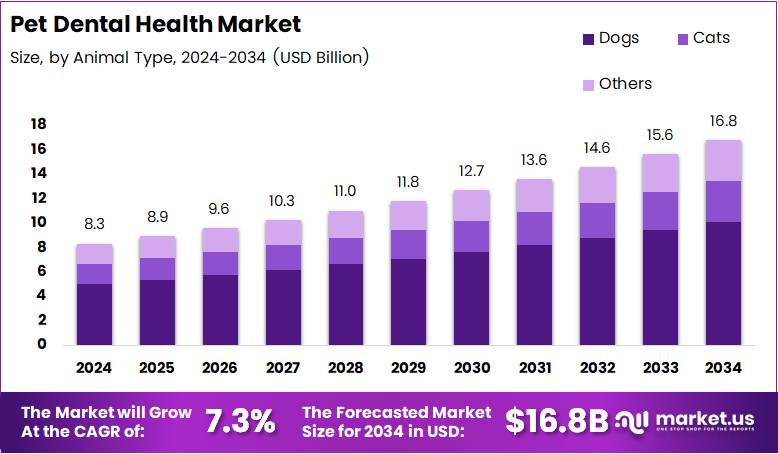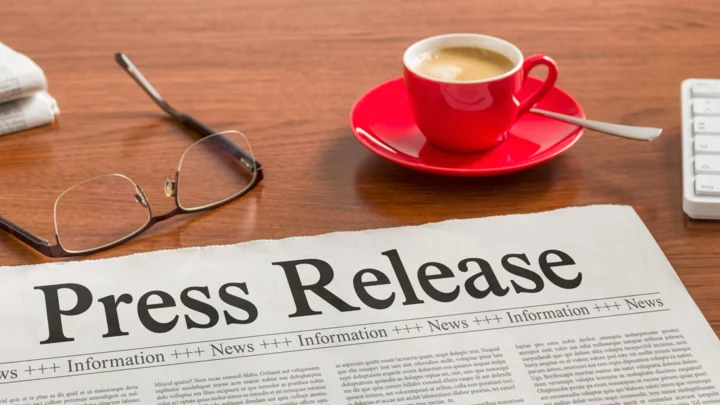Trump Departs Korea Boasting of Billions of Dollars in New Aerospace, Healthcare Deals
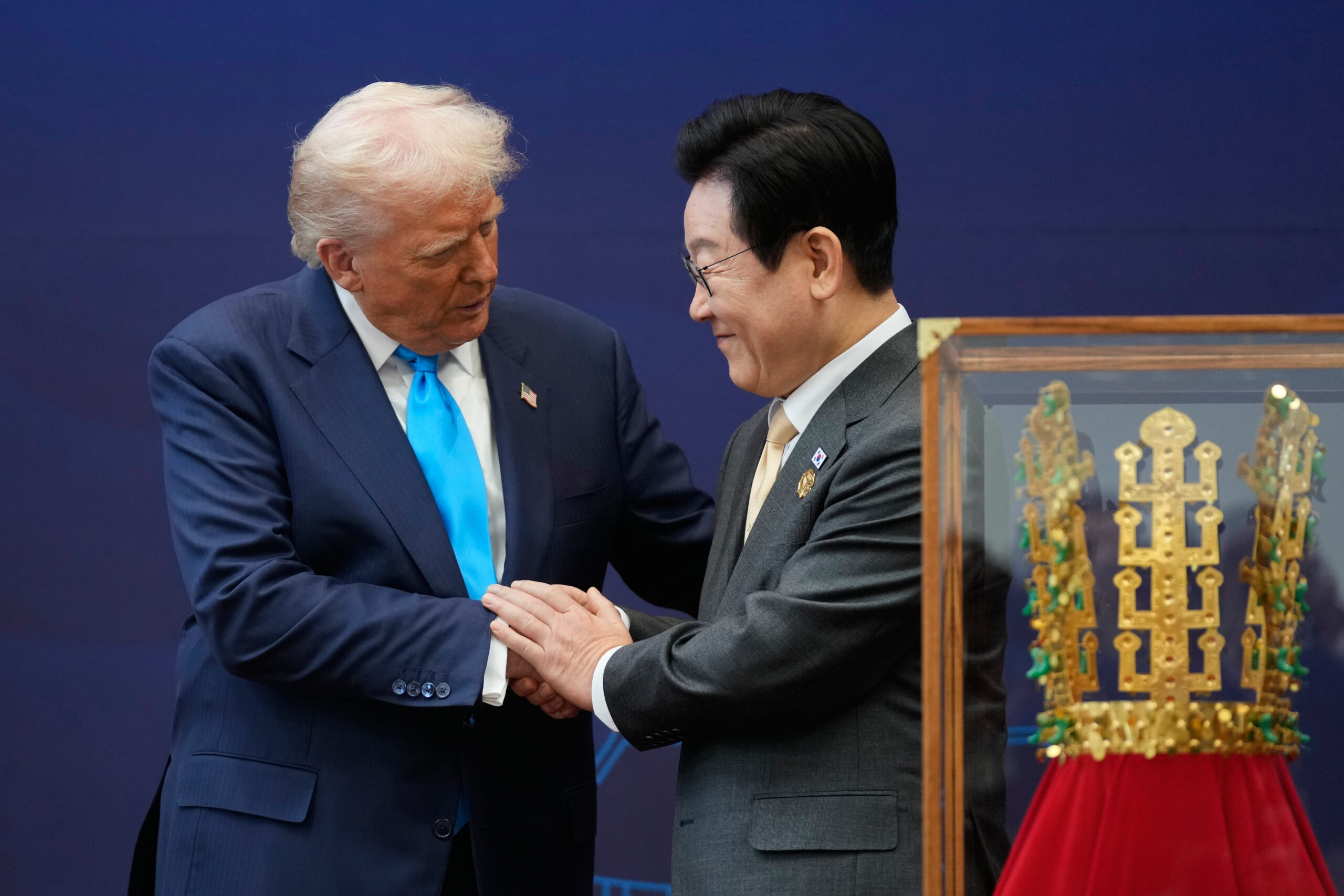
GYEONGJU, South Korea – President Trump has scored one big deal with South Korea, but lost out on another with North Korea.
In a succession of bad news and then good news, the president said he and his old friend, North Korea’s leader Kim Jong-un, had not been able “to work out timing” for a renewal of their friendship with another get-together on the North-South Korea line.
Mr. Trump sounded as though a quick mission to the truce village of Panmunjom, where he rendezvoused with Mr. Kim in June 2019, would have been an inconvenience on a busy day. Actually, Mr. Trump had repeatedly signaled his eagerness to see Mr. Kim again and would likely have interrupted his visit to this ancient Korean capital 230 miles southeast of Seoul had Mr. Kim agreed.
Instead, Mr. Kim said nothing while ordering the test of yet another cruise missile — a signal of his disdain for Mr. Trump — while providing troops and artillery shells for Russia in exchange for Russian military and nuclear technology.
South Korea’s left-leaning President Lee Jae-myung would also have loved another Trump-Kim summit as a step toward reopening a North-South dialogue with Mr. Kim, who has declared the South the “enemy.” Upside, however, Messrs. Trump and Lee agreed on a formula that supposedly gets South Korea to pony up $350 billion for America while Mr. Trump holds tariffs on Korean products, notably vehicles, to 15 percent.
Mr. Lee’s chief of staff, Kim Yong-beom, said the two sides had come to terms on dividing the $350 billion — $200 billion to be given in supplements of no more than $20 billion a year. The remaining $150 billion, said Korea’s Yonhap News, would mostly be invested in America’s struggling shipbuilding industry.
But how firm is the deal? Will it really work? That was the question as the White House put out a “fact sheet” announcing that Mr. Trump had “completed the final stop of his historic Indo-Pacific trip, securing billions in landmark deals” while in South Korea but saying nothing about tariffs or the $350 billion.
At the top of the White House list was Korean Air’s agreement to purchase 103 Boeing planes for $36.2 billion along with the purchase of GE Aerospace engines for another $13.7 billion. The inference was that Mr. Trump would settle for Korean firms investing in the American economy in an agreement similar to the reported deal with Japan’s prime minister, Sanai Takaichi, whom he saw in Tokyo the day before he got here.
Still more vague was a “memorandum of understanding” announced by both countries in which they agreed “to collaborate in a number of disciplines,” ushering in what the White House described as “a new Golden Age of Innovation by empowering individuals and supercharging progress across sectors like healthcare, advanced manufacturing, and education.”
President Lee won over Mr. Trump with flattery, making him a member of the Grand Order of the Mugunghwa, Korea’s national flower, the rose of Sharon, as inscribed on a large gold medal, and also giving him a gold replica of a crown worn by Silla kingdom kings who ruled Korea more than a millennium ago.
There will be no such displays Thursday when Mr. Trump sees China’s President Xi Jinping in the port city of Busan, south of here. Were he in China, of course, Mr. Xi could summon his troops to perform still more elaborate spectacles. He’ll be here Friday sounding off at the gathering of the 21 leaders of the Asia-Pacific Economic Cooperation group.
link

